
A Cappella Arranging Skills Development and Reflection
Enhance your a cappella arranging skills by learning techniques to create engaging musical moments, avoid irrelevant parts, and write parts that singers love. Dive into analysis, arrangement writing, revision, and feedback gathering to elevate your skills in a collegiate a cappella setting.
Download Presentation

Please find below an Image/Link to download the presentation.
The content on the website is provided AS IS for your information and personal use only. It may not be sold, licensed, or shared on other websites without obtaining consent from the author. If you encounter any issues during the download, it is possible that the publisher has removed the file from their server.
You are allowed to download the files provided on this website for personal or commercial use, subject to the condition that they are used lawfully. All files are the property of their respective owners.
The content on the website is provided AS IS for your information and personal use only. It may not be sold, licensed, or shared on other websites without obtaining consent from the author.
E N D
Presentation Transcript
MY BACKGROUND 13 years classical and jazz saxophone 13 years classical and jazz saxophone 11 years classical flute 11 years classical flute B.A. Music from Oberlin College B.A. Music from Oberlin College 3 years in PowerChords (Olin College A Cappella Group) 3 years in PowerChords (Olin College A Cappella Group) Collegiate A Cappella: using only voices, reinterpret all styles of music 1 year as Music Director Took an interest in arranging a cappella music
PROJECT GOALS Overall goal: Improve my a cappella arranging skills Overall goal: Improve my a cappella arranging skills Learn techniques to create moments of interest in music Learn techniques to create moments of interest in music Learn how to avoid writing parts that do not contribute Learn how to avoid writing parts that do not contribute Learn how to write parts singers like to sing Learn how to write parts singers like to sing Learn by doing Learn by doing Analyze arrangements Analyze arrangements Write new arrangements Write new arrangements Get feedback from PowerChords and from my mentor Get feedback from PowerChords and from my mentor Analyze and revise arrangements Analyze and revise arrangements
PROJECT PLAN Meet with mentor Analyze arrangements for moments of interest Write an arrangement Revise arrangement Analyze arrangements for parts that do not contribute Analyze arrangement Phase 1 Phase 2
IN REFLECTION Open space is OK Open space is OK Every note should have a purpose Every note should have a purpose Save cool techniques for Save cool techniques for important moments important moments Contrast keeps an audience interested Contrast keeps an audience interested Avoid accidentally Avoid accidentally cadencing cadencing Backup singers Backup singers vs vs accompanying singers accompanying singers Avoid layering complex rhythms Avoid layering complex rhythms


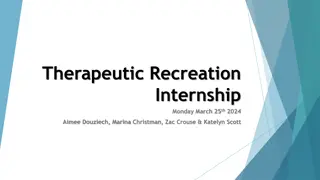

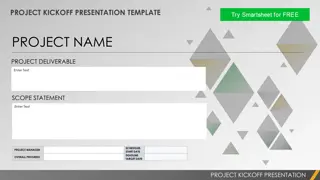
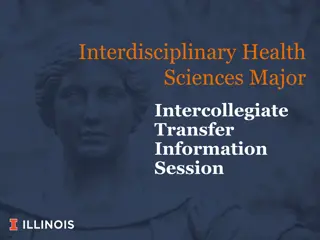
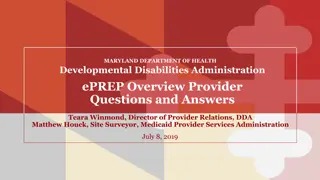
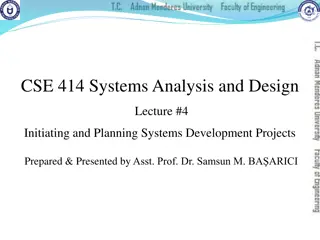
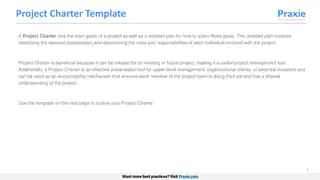








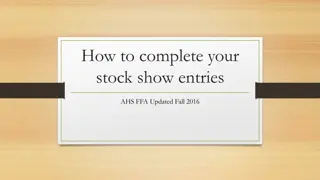
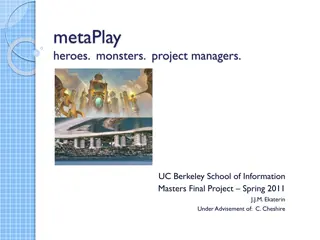
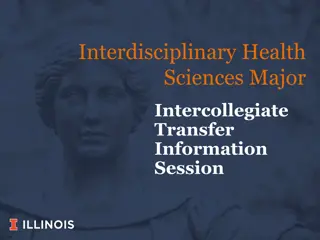
![Project Initiation Document for [Insert.Project.name] [Insert.Project.number]](/thumb/226757/project-initiation-document-for-insert-project-name-insert-project-number.jpg)

